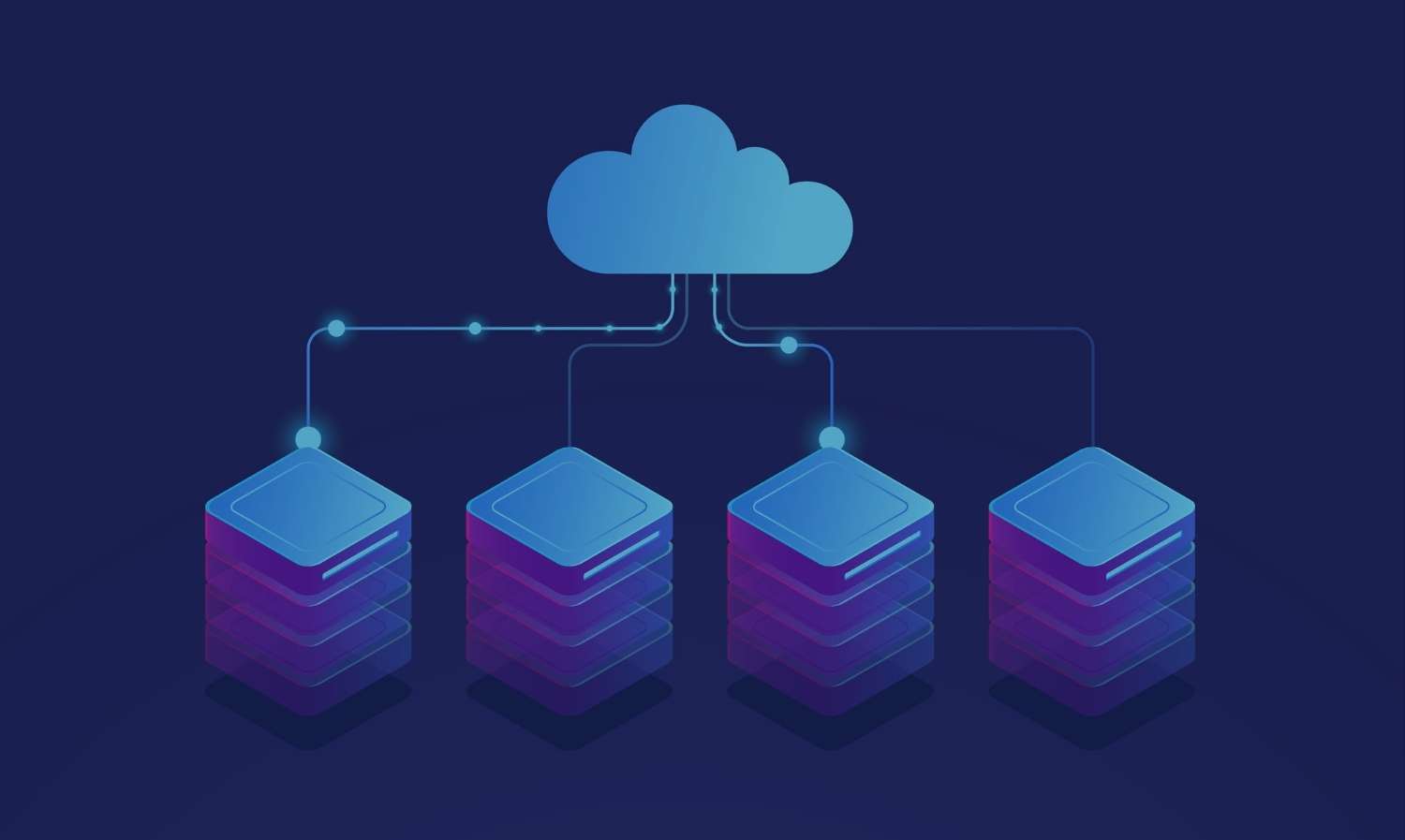- April 17, 2024
In today’s Data-Centric landscape, organizations mostly focus on invaluable data that are generated from their daily operations. It seems very apt too. But the real problem lies in leveraging data effectively to optimize processes, gain valuable insights, enhance efficiency, and propel business growth.
Microsoft Power Apps is a powerful tool that allows businesses to create tailored applications and automate processes to enhance productivity. When your business requires Microsoft Power apps, it means it needs to intensify its application building capability to a tremendous level.
The Microsoft Power Platform has the potential to reveal hidden valuable insights and refine the processes grounded in real data. This article particularly talks about the ways of understanding and unleashing the Power capabilities to upgrade your organization’s operations.
Come on, let’s get in!
Streamline Data Entry and Management:
- Create custom apps for data entry, making it easier for employees to input information. These apps can have user-friendly interfaces tailored to specific business needs.
- Set up an accessible data source including SharePoint, SQL databases, Excel spreadsheets, and cloud services like Microsoft Data verse.
Automate Repetitive Tasks & Business Processes:
- Use Power Automate (formerly Flow) with Power Apps to automate repetitive tasks and workflows. For example, automated approval processes, data synchronization, and notifications.
- You get to automate a wide range of business processes including data entry & approval workflows. Your employees can also push notifications for recent updates to the users.
- Automating business processes can save you a lot of time by decreasing the risk of errors.
Replace Manual Spreadsheets:
Transition from manual spreadsheet-based processes to Power Apps solutions that provide more structure, data validation, and automation.
Enhance Reporting and Dashboards:
- Build customized dashboards and reports using Power Apps to gain real-time insights into your business data. Interactive visuals can make data more accessible and actionable.
Improve Customer Relationship Management (CRM):
- Create a CRM app with Power Apps to track and manage customer interactions, sales leads, and customer service requests efficiently.
Inventory and Supply Chain Management:
- Develop apps that help manage inventory levels, track shipments, and streamline supply chain processes, reducing manual effort and potential errors.
Field Service Management:
- For businesses with field service teams, create applications that allow technicians to schedule appointments, access customer data, and report on-site activities.
Employee Onboarding and HR Processes:
- Use Microsoft Power Apps to automate employee onboarding, leave requests, and HR processes, improving efficiency and reducing paperwork.
Expense Tracking and Approvals:
- Develop expense tracking apps that simplify expense submission, approval workflows, and reimbursement processes.
Task and Project Management:
- Build apps for task and project management, helping teams collaborate, track progress, and manage deadlines effectively.
Training and Knowledge Sharing:
- Create apps for training and knowledge sharing. This can include onboarding materials, training schedules, and resources for employee development.
Custom Surveys and Feedback:
- Design apps for conducting custom surveys and collecting feedback from employees or customers. Analyzing the data can lead to better decision-making.
Compliance and Auditing:
- Implement apps that help track compliance with regulations and conduct audits more efficiently.
Integration with Existing Systems:
- Microsoft Power Apps can connect to a variety of data sources, including Microsoft 365, SharePoint, SQL databases, and third-party applications. Ensure seamless integration with existing systems for a unified workflow.
Security and Access Control:
- Use Microsoft Power Apps’ security features to control who has access to your apps and data. Implement role-based access controls to ensure data privacy and compliance.
User Training and Support:
- Provide training and support to users to ensure they can effectively use the Power Apps you create. A well-trained workforce will be more productive.
Conclusion
Microsoft Power Apps is considered a versatile tool for streamlined processes, enhanced productivity, and driving innovation. In this digital age protecting your organization’s information is a prioritized challenge. With Power Apps, you can gain total control over your information with the Power Apps admin center. Microsoft Power Platform providers can do their best for your Power Platform requirements. It is your choice to select the best Microsoft cloud providers to grow & meet futuristic digital needs.




